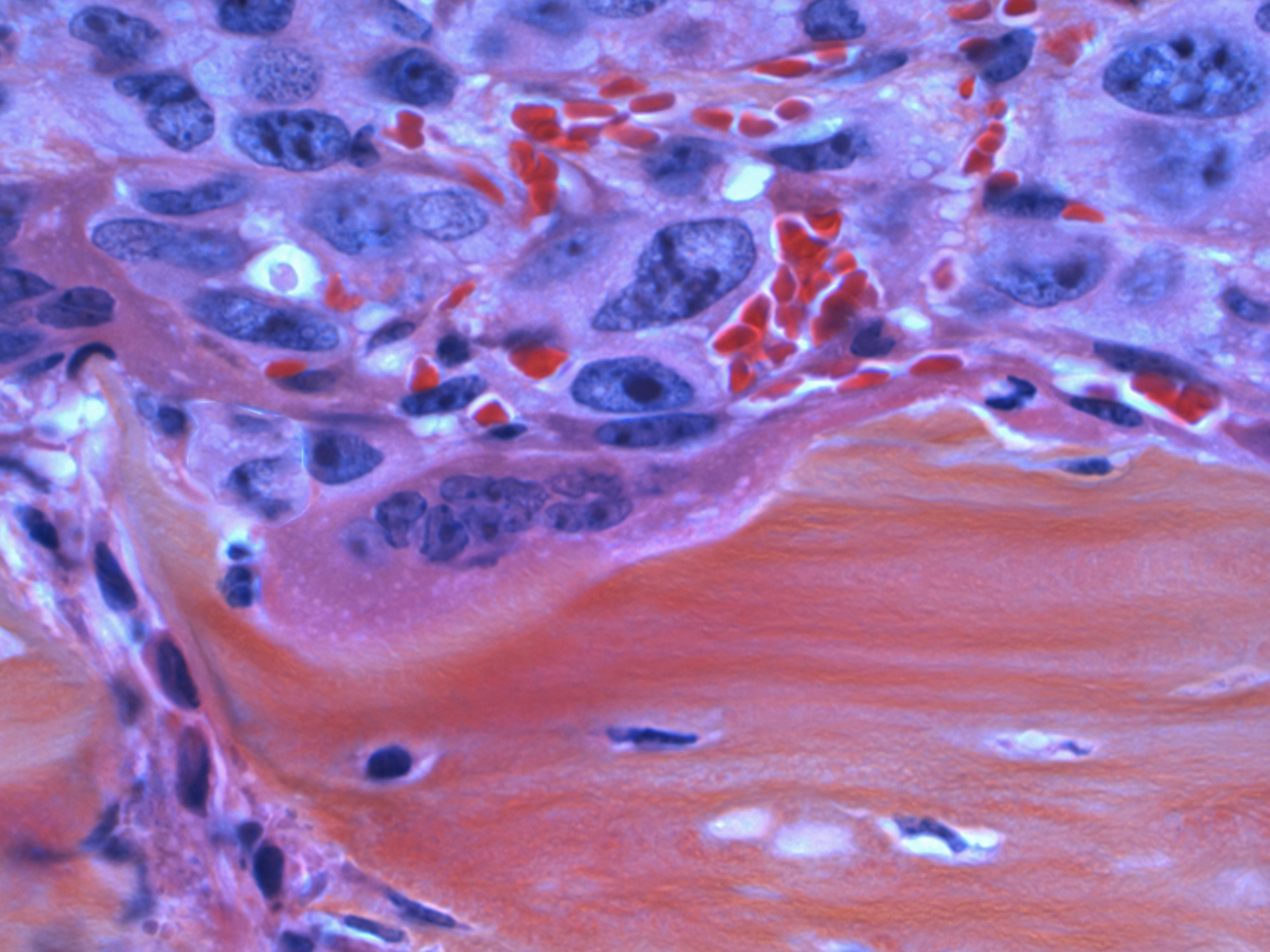- cross-posted to:
- [email protected]
- cross-posted to:
- [email protected]
cross-posted from: https://lemmit.online/post/3567461
Younger generations are facing a higher risk of cancer than their parents. Each successive generation born during the second half of the 20th century has faced a higher risk of 17 cancers, accordi…
This is an automated archive made by the Lemmit Bot.
The original was posted on /r/science by /u/mvea on 2024-08-01 06:59:55+00:00.
Original Title: Younger generations are facing a higher risk of cancer than their parents. Each successive generation born during the second half of the 20th century has faced a higher risk of 17 cancers, according to a US study. 10 of these cancers are linked to obesity.



All that’s missing is a “thanks, boomers”
Anyway, I obviously didn’t write this but :
Cancer survival rates have improved significantly over the years, with considerable variations depending on the type of cancer. Here are some key statistics illustrating the overall improvements:
Overall Cancer Survival: The 5-year relative survival rate for all cancers combined has increased from about 50% in the 1970s to around 67% for cancers diagnosed between 2011 and 2017.
Specific Cancers:
Significant Gains: Some cancers have seen particularly dramatic improvements due to targeted therapies and early detection methods. For example, chronic myelogenous leukemia (CML) now has a 5-year survival rate of around 70%, up from less than 20% in the 1970s, largely due to the development of tyrosine kinase inhibitors.
These improvements are a testament to the advances in medical research, treatment technologies, and early detection programs. However, survival rates can still vary widely based on factors such as the cancer type, stage at diagnosis, patient health, and access to care.
Dark clouds are not hard to find with such determination.
If you are trying to urge optimism in the face of the US health care system, I am duly sworn to direct you to Hexbear’s Pessimism Policy Bulletin (PPB), which can be found here:
https://hexbear.net/ppb
The article wasn’t about cancer survival, it was about cancer incidence.
I’m convinced the reason they only look at 5-year survival rates is because this drops precipitously after 5 years because they induced chemo resistance.
Cancer is an evolutionary disease and we don’t treat it as such. In cases where a tumor isn’t immediately life threatening, it may be more helpful to maintain a treatment that only stops the growth of a tumor and maintains it at that level rather than nuking it from orbit. It would allow us to mitigate treatment resistance by rotating through therapeutics and have reduced side effects on the patient.
If the typical chemo nuke doesn’t kill ALL of the cancer, it’s going to come back stronger. We have other models where we treat this way for evolutionary threats and it’s proven effective.
It sounds like you know at lot more about it than me!
Your info was good, I was just meaning to build on the conversation and vent some of my frustration at the field.